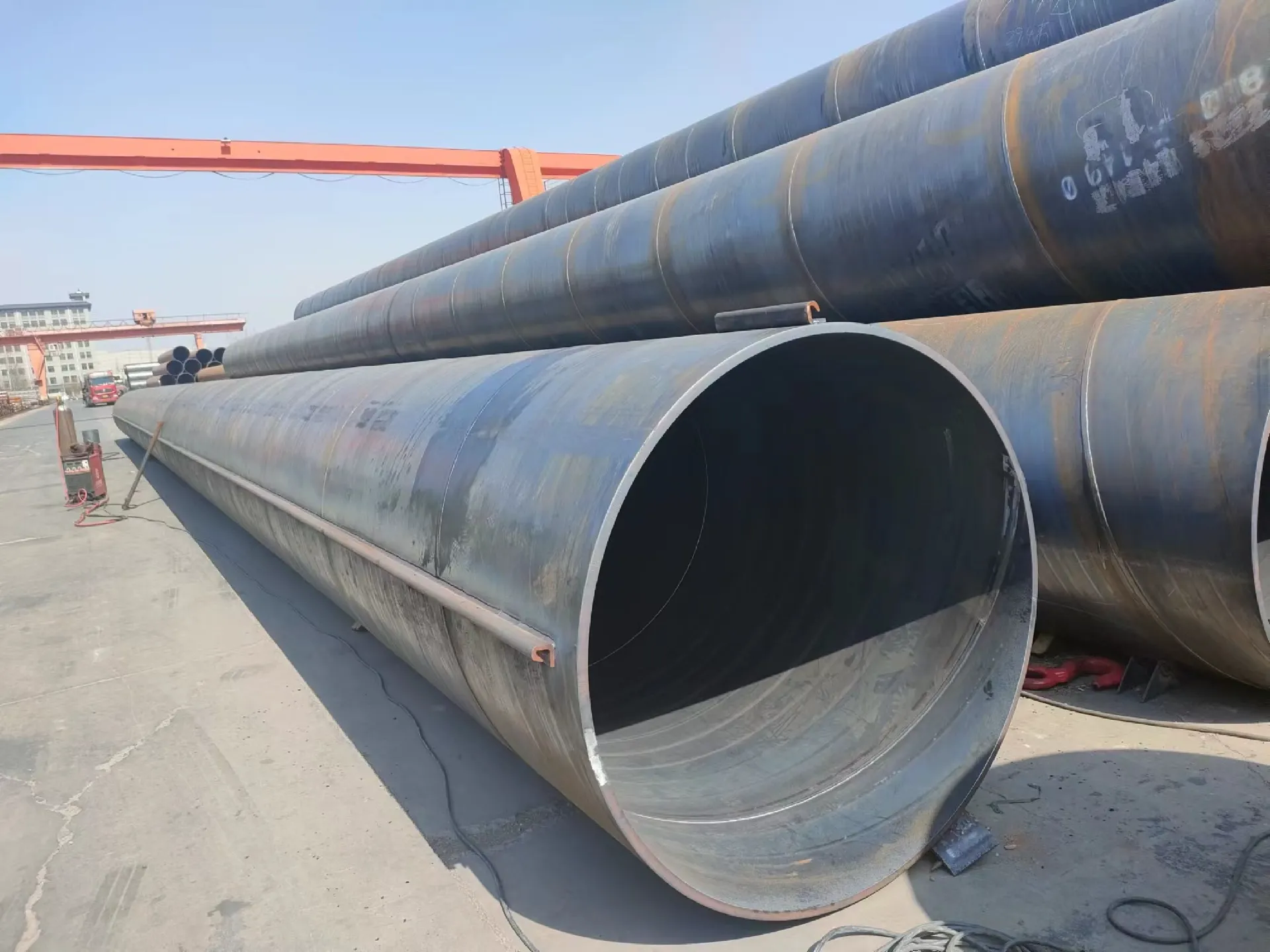-
Cangzhou Yulong Steel Co., Ltd.
-
Phone:
+86 13303177267 -
Email:
admin@ylsteelfittings.com
- English
- Arabic
- Italian
- Spanish
- Portuguese
- German
- kazakh
- Persian
- Greek
- French
- Russian
- Polish
- Thai
- Indonesian
- Vietnamese
- Zulu
- Korean
- Uzbek
- Hindi
- Serbian
- Malay
- Ukrainian
- Gujarati
- Haitian Creole
- hausa
- hawaiian
- Hebrew
- Miao
- Hungarian
- Icelandic
- igbo
- irish
- Japanese
- Javanese
- Kannada
- Khmer
- Rwandese
- Afrikaans
- Albanian
- Amharic
- Armenian
- Azerbaijani
- Basque
- Belarusian
- Bengali
- Bosnian
- Bulgarian
- Catalan
- Cebuano
- China
- China (Taiwan)
- Corsican
- Croatian
- Czech
- Danish
- Esperanto
- Estonian
- Finnish
- Frisian
- Galician
- Georgian
- Kurdish
- Kyrgyz
- Lao
- Latin
- Latvian
- Lithuanian
- Luxembourgish
- Macedonian
- Malgashi
- Malayalam
- Maltese
- Maori
- Marathi
- Mongolian
- Myanmar
- Nepali
- Norwegian
- Norwegian
- Occitan
- Pashto
- Dutch
- Punjabi
- Romanian
- Samoan
- Scottish Gaelic
- Sesotho
- Shona
- Sindhi
- Sinhala
- Slovak
- Slovenian
- Somali
- Sundanese
- Swahili
- Swedish
- Tagalog
- Tajik
- Tamil
- Tatar
- Telugu
- Turkish
- Turkmen
- Urdu
- Uighur
- Welsh
- Bantu
- Yiddish
- Yoruba

Nov . 26, 2024 22:42 Back to list
Applications and Benefits of Welded Elbows in Piping Systems
Understanding Weld Elbows A Comprehensive Guide
Weld elbows are essential components in piping systems, designed to change the direction of pipes efficiently. These fittings are crucial in various industries, including oil and gas, water treatment, and chemical manufacturing, where pipes need to navigate around obstacles while maintaining a secure and leak-free connection. This article delves into the significance, types, fabrication processes, and installation considerations of weld elbows.
The Significance of Weld Elbows
Weld elbows serve a critical role in the integrity and functionality of piping systems
. By enabling smooth directional changes—typically at angles of 45 or 90 degrees—these fittings help minimize turbulence and pressure drops within the piping network. Furthermore, weld elbows reduce the risk of leaks by ensuring a continuous flow path, which is particularly vital in high-pressure applications.Weld elbows are preferred over other connection methods, like threaded or flanged fittings, due to their durability and the strength of welded joints. The welding process provides a seamless connection, which is less likely to corrode or degrade over time, leading to longer service life and reduced maintenance costs.
Types of Weld Elbows
There are various types of weld elbows designed for different applications
1. Long Radius (LR) Elbows Typically featuring a radius 1.5 times the diameter of the pipe, LR elbows are ideal for high-flow applications. The gradual bends minimize turbulence, making them suitable for transporting fluids or gases in larger diameters.
2. Short Radius (SR) Elbows With a radius equal to the diameter of the pipe, SR elbows are utilized in confined spaces where a compact installation is necessary. However, they may cause higher pressure drops and turbulence compared to LR elbows.
3. Reducing Elbows These elbows change both the direction and size of the piping simultaneously. They are essential when transitioning from a larger diameter pipe to a smaller one, allowing for efficient material handling.
4. Custom Elbows Tailored to specific project requirements, custom elbows can be produced in various degrees, sizes, and angles, accommodating unique installation needs.
Fabrication Process
The production of weld elbows typically involves several stages, including material selection, cutting, forming, and welding. Stainless steel, carbon steel, and alloy materials are common choices, depending on the application’s requirements.
weld elbows

1. Cutting Steel pipes are cut to the desired length and angle, prepared for bending or forming.
2. Forming The cut pipe sections are heated and bent to create the elbow shape. For cold bending, the material is manipulated at lower temperatures, while hot bending involves heating the material to make it more malleable.
3. Welding After forming, the ends of the elbow are cleaned and aligned with the corresponding pipes. The welding process—either manual or automated—then joins the elbow to the piping system, ensuring a robust and leak-proof connection.
4. Inspection Rigorous quality control measures are applied to ensure the integrity of welds. Non-destructive testing methods, such as radiography or ultrasonic testing, are often employed to check for defects.
5. Finishing The final step may include surface treatment to enhance corrosion resistance, such as galvanizing or passivation.
Installation Considerations
When installing weld elbows, several factors should be considered
- Alignment Proper alignment is critical to prevent stress concentrations that could lead to premature failure.
- Welding Technique The choice of welding technique and filler material can affect the strength and durability of the joint.
- Testing After installation, it's essential to conduct pressure tests to verify the integrity of the connections.
- Maintenance Regular inspections and maintenance can help identify early signs of wear or corrosion, ensuring the longevity of the piping system.
Conclusion
Weld elbows play a vital role in the efficiency and reliability of piping systems across various industries. Understanding their types, manufacturing processes, and installation considerations is essential for engineers and technicians tasked with designing and maintaining these systems. By choosing the appropriate weld elbow, industries can ensure smooth operations and minimize costly downtimes due to leaks or failures.
Latest news
-
ANSI 150P SS304 SO FLANGE
NewsFeb.14,2025
-
ASTM A333GR6 STEEL PIPE
NewsJan.20,2025
-
ANSI B16.5 WELDING NECK FLANGE
NewsJan.15,2026
-
ANSI B16.5 SLIP-ON FLANGE
NewsApr.19,2024
-
SABS 1123 FLANGE
NewsJan.15,2025
-
DIN86044 PLATE FLANGE
NewsApr.19,2024
-
DIN2527 BLIND FLANGE
NewsApr.12,2024
-
JIS B2311 Butt-Welding Fittings LR/SR 45°/90° /180°Seamless/Weld
NewsApr.23,2024











